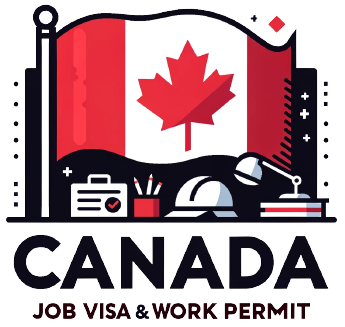As the world grows increasingly connected, many professionals look to expand their horizons. With its booming economy and a welcoming corporate scene, Canada has emerged as a top destination. Numerous international companies have recognized Canada’s potential and have established branches in its thriving cities. If you’re eyeing a role in one of these branches, understanding the Canadian branch job visa process is crucial. This guide simplifies your path to working in Canada for multinational companies.
Canada’s Growing Corporate Landscape
Canada isn’t just about scenic beauty and hockey; it’s also rapidly becoming a corporate powerhouse. Major cities like Toronto and Vancouver are buzzing with the offices of global giants. From tech to finance, international companies are laying down roots in Canada, making it an attractive spot for global talent.
Why Target a Canadian Branch of an International Company?
Working in a Canadian branch offers a unique blend of experiences. You get the familiarity of an international company’s ethos combined with the fresh perspective of its Canadian arm.
Benefits:
- Global Network: Be part of a vast global network, enjoying the benefits of international collaboration.
- Cultural Fusion: Experience a blend of global corporate culture with Canadian nuances.
- Career Growth: Canadian branches often offer rapid career progression with the advantage of global mobility.
Challenges:
- Adaptation: While the company might be global, adapting to the Canadian way of working and living can be a curve.
- Climatic Adjustment: If you’re from a tropical country, Canadian winters might be a stark change!
The Step-by-Step Visa Process
- Land the Job First: Before you think visa, think job. Apply and secure a position in the Canadian branch.
- Visa Type Matters: Typically, you’d be looking at the Temporary Foreign Worker Program (TFWP) or the International Mobility Program (IMP). The choice depends on your role, the company, and other specifics.
- Labour Market Impact Assessment (LMIA): Your employer might need an LMIA, a document that says no Canadian was available for your job. Some roles might be exempt.
- Application Time: With your job offer and possibly LMIA in hand, you’ll apply for the Canadian work permit for company branches.
- Patience is Key: Visa processing times can vary. Use this time to prep for your move.
- Final Steps: Upon approval, you’ll get a Port of Entry (POE) Letter of Introduction and, if applicable, a visa to enter Canada. Show these when you arrive, and you’re good to go!
Company’s Role in Your Migration to Canada for Corporate Roles
Companies with Canadian branches play a pivotal role. They’ll guide you through:
- Providing necessary job documents.
- Assisting with the LMIA process if needed.
- Supporting your relocation and initial days in Canada.
Tips for Smooth Integration into Your New Role
- Learn Local: Try to understand Canadian work etiquette and culture.
- Stay Open: Embrace the Canadian way of life, be it in work or leisure.
- Networking: Build connections, both within and outside the company. It’ll help both professionally and personally.
In Conclusion
Working in the Canadian branch of a multinational company is an adventure, a chance to grow, and a learning curve. With the right knowledge, especially about the Canadian branch job visa, the journey can be smooth and rewarding.

